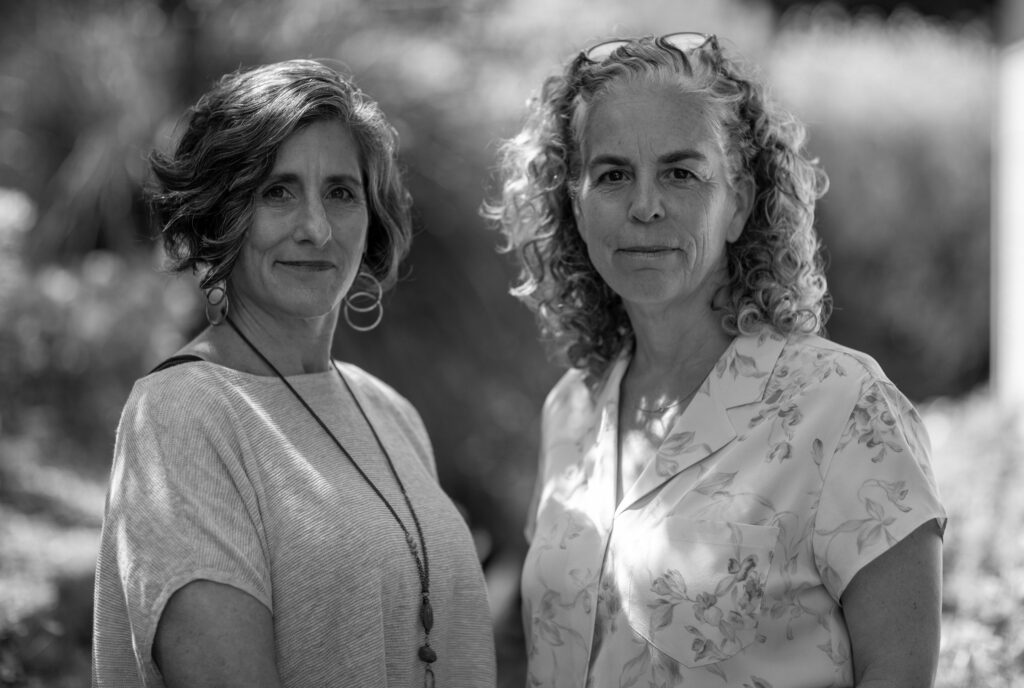For Stephanie Jenkins, establishing AI best practices for documentary film began as a game of catch-up. While working on a project in 2023, the experienced archival producer, who has collaborated with documentarian Ken Burns and networks like PBS for over a decade, encountered an archival image that felt … off. She quickly discovered producers in the field had already begun to experiment with deploying generative AI to create false historical footage, images, and artifacts, with little or no disclosure or guardrails.

Stephanie Jenkins
Less than two years later, Jenkins, alongside producers Rachel Antell and Jen Petrucelli, helms the Archival Producers Alliance (APA), a global collective of more than 300 archival producers dedicated to creating standards for the documentary film industry.
The first issue on their agenda? Generative AI. Last month, APA launched its guide of Best Practices for Use of Generative AI in Documentaries after nearly 18 months of inspiration from and collaboration with academics, legal experts, newsrooms, and ethics and AI scholars. The Best Practices, which offer recommendations on using primary sources, transparency, legal considerations, and the ethical considerations of human simulations, have already been endorsed by NBC Universal Academy, according to APA, and more than 30 documentary production companies in the U.S. and Canada as well as multiple documentary associations.
Lead With Ethics
While developing the Best Practices document required APA members to contend with new technology, Jenkins and Antell say creating it necessitated drilling down on the core objectives and values of their profession. “We really tried to center our conversations very specifically in the documentary world and documentary ethics,” Antell told the Ethics & Journalism Initiative. “We felt that AI is on a continuum with other discussions that have been happening in the documentary film for as long as there’s been documentary, like re-creations. And so we wanted to be true to the form and to really understand: ‘What makes a documentary? Why are we attached to the things we’re attached to? What are the values that the community holds across the board, if there are any? How do we define documentary?’ All of those very heady kinds of questions.”

Rachel Antell and Jen Petrucelli
Jenkins added that she hopes the Best Practices’ discussion of broader ethical questions will make the guidelines resilient to ongoing evolutions in technology. “We really tried to make it a document that won’t need to be updated due to tech because it centers on something that is what we consider to be a pillar of documentary filmmaking. It quickly became a process not of ‘AI, bad, how do we protect ourselves?’ But what do we love about what we do and centering what we love about what we do.”
When Explaining How You Used AI, Meet Your Audiences Where They Are
A key section of the APA Best Practices focuses on being clear with audiences about when generative AI is used and how. While the idea of “transparency,” or disclosure, can be found in other media AI guidelines (check out guidelines from NPR, USA Today, and WBUR in our online resource library), APA tailors its recommendations to individuals working in visual mediums. “That idea was born out of an awareness that filmmakers were not going to be excited to plop a watermark that says ‘generated by AI’ onto the film because it visually disrupts the story that’s being told,” Antell explained. Inspired by existing practices for indicating use of re-enactments, the APA Best Practices suggest less obtrusive ways for producers to indicate use of generative AI while remaining consistent with the “visual vocabulary” of the medium, like applying a color filter, adding a unique frame, or changing an aspect ratio. But beyond disclosure, there is also a need to educate viewers about what is meant by these new terms, like generative AI.“How do you know what that even means to people?” Antell asks. APA’s next project is a toolkit to tackle these questions, offering guidance and case studies about how to be more transparent with audiences.
Set AI Guidelines for Internal Workflow and Communication
In addition to external transparency guidelines aimed at communication with audiences in the finished product, the APA Best Practices also introduce a set of standards for inward transparency. These recommendations aim to address standards issues inside a team that can arise when creating long-term projects like documentaries and feature pieces, many of which are produced over months or years with unique teams at different stages. In this environment, Jenkins and Antell said, the decision to use generative AI at one phase of the project may not be clearly communicated to another team down the line. “When you’re making a film over five or ten years, which is how long it takes, these things can get lost,” Jenkins explained. And with more producing jobs going remote, “you may live in a different coast or country – the directors in one place, the editors in one place, the archival producers in one place,” making it even harder to maintain consistent standards. The APA Inward Transparency guidelines encourage real-time communication within production teams, in-progress indicators or watermarks for AI-generated materials, and a detailed cue sheet for generative AI elements with information about when content was created, how, relevant copyright details, and where it will likely appear in the final published work.
Navigating AI as an Independent Producer: The Necessity of Collaboration
Even as more broadcasters draft guidelines for their staff, the lack of full agreement across the industry about what constitutes the ethical use of AI presents unique challenges, particularly in fields that rely on independent journalists or freelancers. Because their work may not be picked up by major distributors or broadcasters until well into the production process, those working on a project have until now been left to try to navigate the ethical use of AI without a roadmap. “The guidelines we created really talk about tracking Gen AI from the very beginning of the process, and so many films start out at the beginning of the process not being owned by anyone,” said Jenkins.
She hopes organizations like APA can help bridge this gap. The APA Guidelines are one of the lengthiest and most detailed in both the documentary and journalism businesses. Antell said she hopes practical, profession-specific guidelines like APA’s can supplement the “much broader and much shorter” guidelines of larger news entities that are less specific to the nitty-gritty concerns of working producers.Antell shared that she’s aware of at least one news network that is already “directing [their producers] to these guidelines because they get a little bit more directive and more in the weeds, which is helpful.”
Jenkins and Antell say they hope to continue collaborating with individuals from across film and journalism to confront other big-picture AI-related challenges, like operating internationally and facing different regulations or ensuring the truthful documentation and preservation of history. “We originally saw the guidelines as an end,” Antell explained. “And then, they turned out to be a beginning.”
Read the entire Archival Producers Alliance: Best Practices for Use of Generative AI in Documentaries at ethicsandjournalism.org/resources.
In Decoded, we highlight a resource from our growing online library of Ethics Codes and Guidelines from newsrooms and other media institutions around the U.S. Don’t see your newsroom represented? Please send a copy to Managing Editor Ryan Howzell.


